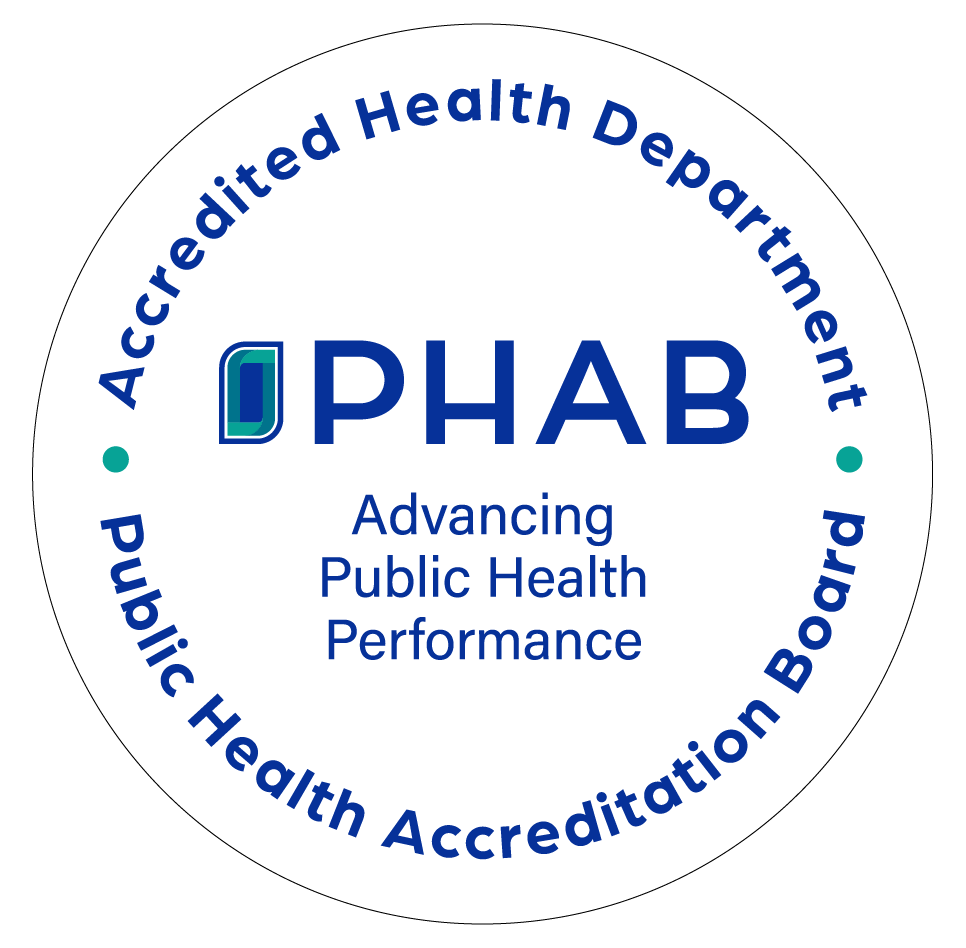In Ohio, bacteria levels are one of the primary factors used to determine whether your well water is safe to drink. Based upon the results of water sample requests taken by the Health Department in 2018, over 20% of water systems tested were not bacteriologically safe. Water systems that are identified as unsafe should be properly disinfected and retested.
The question is, "When should you test your well water for bacteria?" Although there are differing recommendations for how often homeowners should test their water, at a minimum, you should consider testing when: there is a change in the taste, odor, or appearance of the well water; a problem occurs such as a broken well cap; your well has been inundated by floodwaters, or a new contamination source; the well has a history of bacterial contamination; family members or house guests have recurrent incidents of gastrointestinal illness; an infant or immune-compromised person is living in the home.
Recommendations related to the frequency of well disinfection also differ widely. Situations when you should consider disinfecting your well include: water testing shows bacterial contamination; a repair or replacement of a water well pump has been made; portions of water lines or plumbing fixtures in your home have been changed; your well was affected by floodwater.
Those interested in obtaining additional information regarding well water testing, receiving information regarding the proper procedure for well disinfection, contact the Environmental Division of the Wyandot County Public Health Department.

